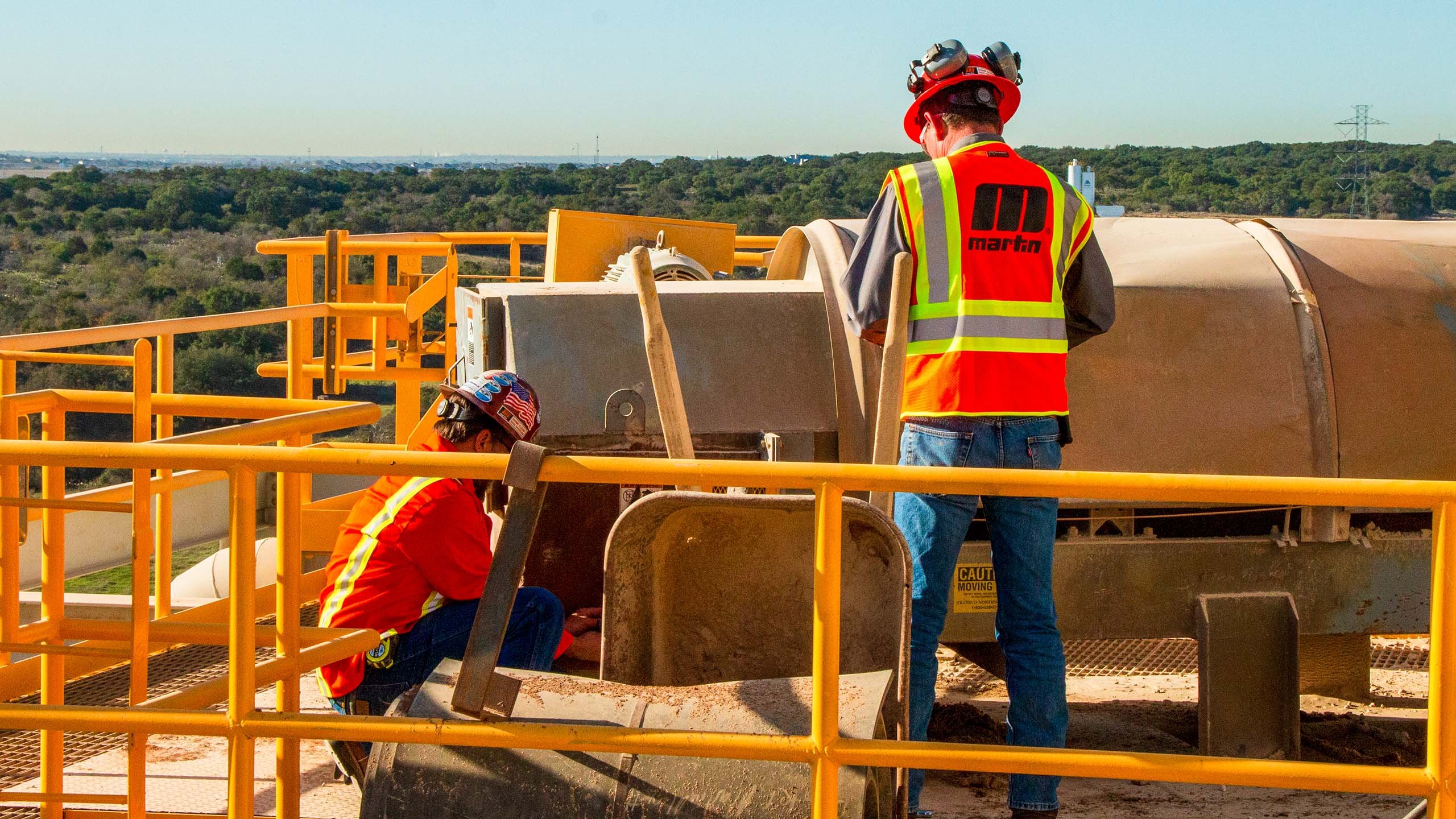Improving the performance of a conveyor belt, both in terms of reducing material spillage and controlling dust, depends on more than buying the most advanced dust control systems and transfer points. While these new technologies can prove useful, businesses must develop a sustainable process that will allow them to continuously upgrade all aspect of the conveyor system, from equipment and materials to suppliers and personnel
Developing this process begins with a plant-wide commitment to improving any problematic processes. This can sometimes require education and training to illustrate the importance of materials management. Once personnel have committed to improvement, individual departments can use their own initiative to develop new solutions. Efforts by plant personnel can be supplemented with the expertise of consultants and suppliers, who bring their own perspective on the challenges facing conveyor belts. Combined, these different groups can create a continuous process of the regular refinement.
Notably, while upper management plays an important role in establishing the goal of improving reliability and creating a culture in which individual departments can take their own action, senior leadership cannot impose a top-down solution to inefficiency. Management must accept that the process of improvement is slow and gradual, with few changes occurring overnight, and must be carefully nurtured through education and experience.
There are many proven techniques for developing a culture of continuous improvement. Some of the most famous have become important doctrines of successful international business: Lean Manufacturing, Toyota Production System, Business Process Management, Lean, and Six Sigma, among others. However, above and beyond the actual plan chosen by a company, it is important that management avoid changing systems haphazardly.
Education and Training
A key aspect of the process for continuous improvement is the training of personnel. Employees need to understand not only the regular use of their equipment, but also troubleshooting techniques as well as a means of identifying and correcting problems when necessary.
Education must identify hazards associated with equipment operation and show operators how to use the equipment efficiently and without risk to personnel or the plant.
Many consultants will provide their own education and training about the equipment with which they are familiar, while suppliers regularly offer training on the installation, maintenance and troubleshooting of their products.





















Leave Comment